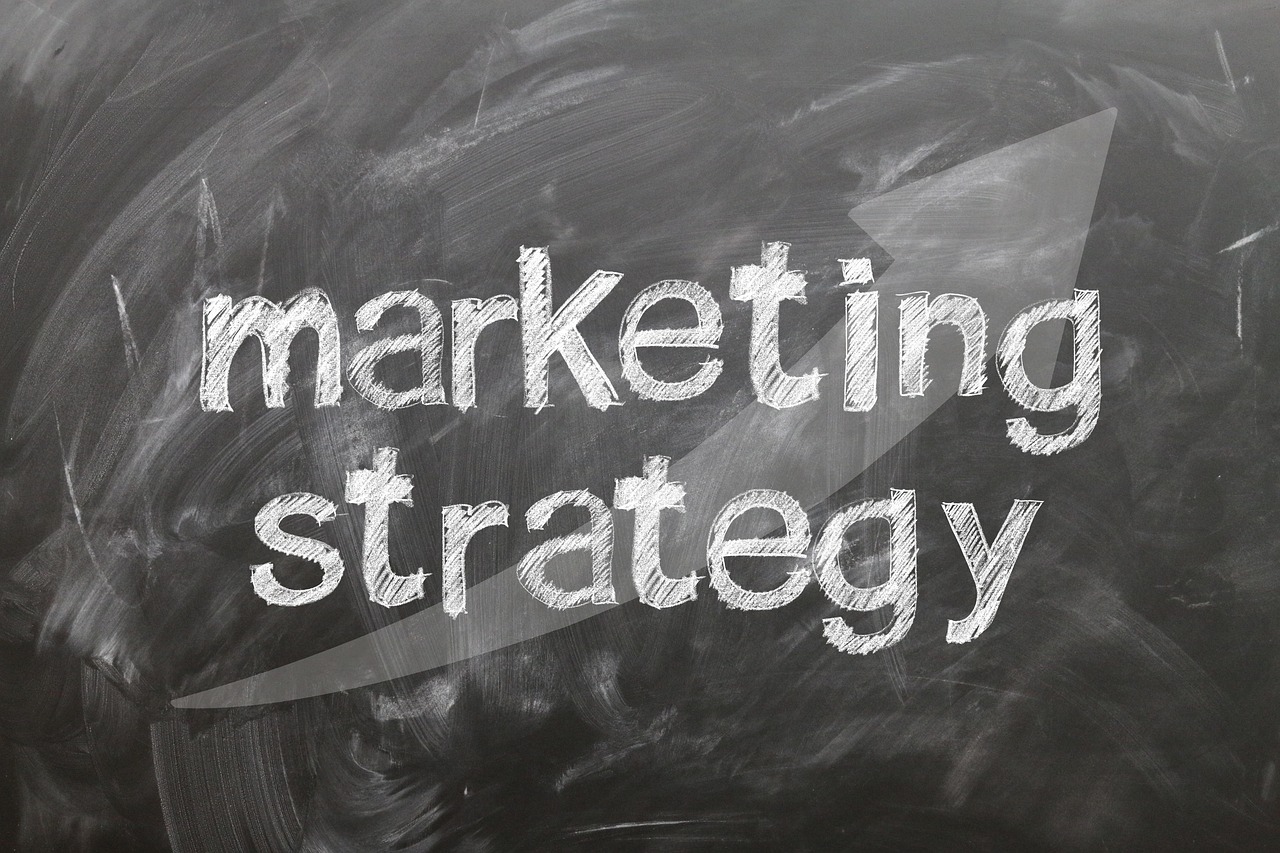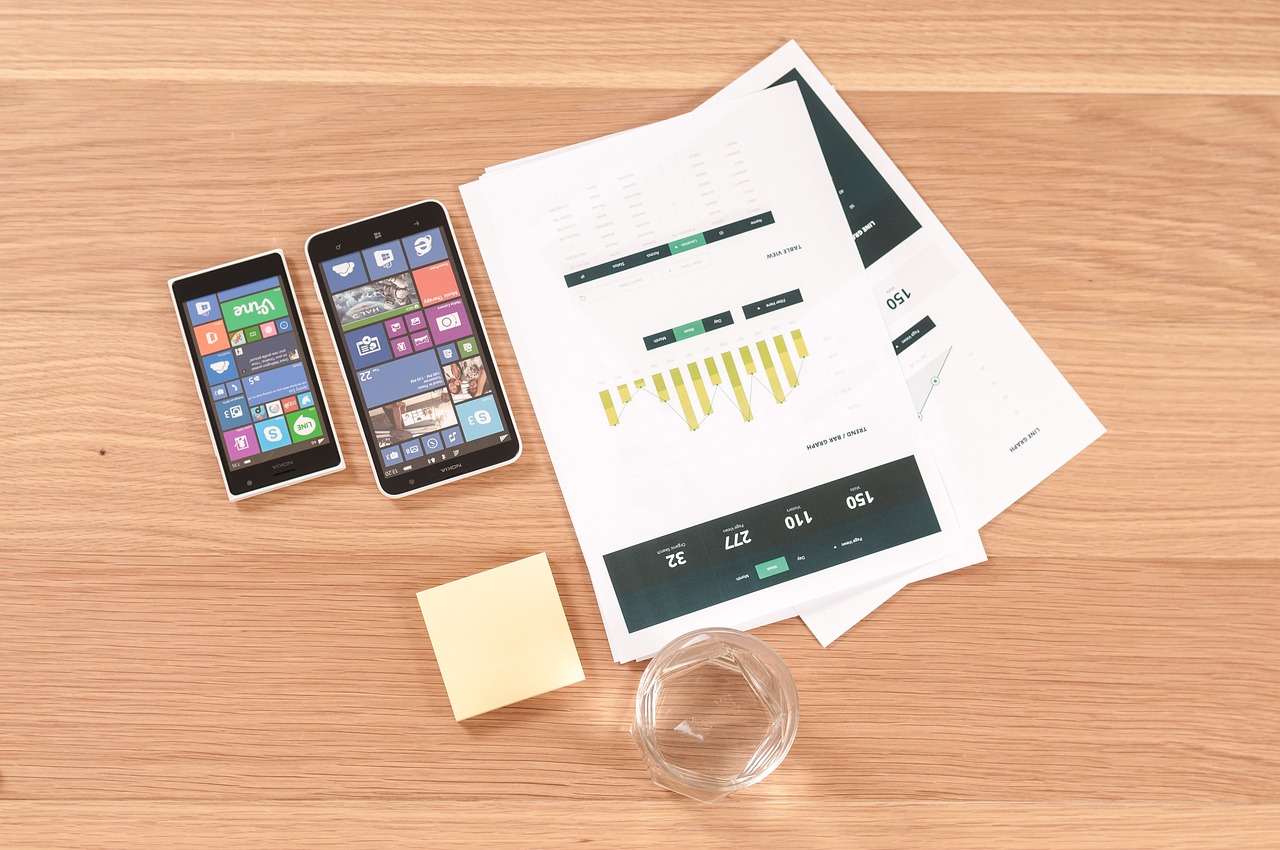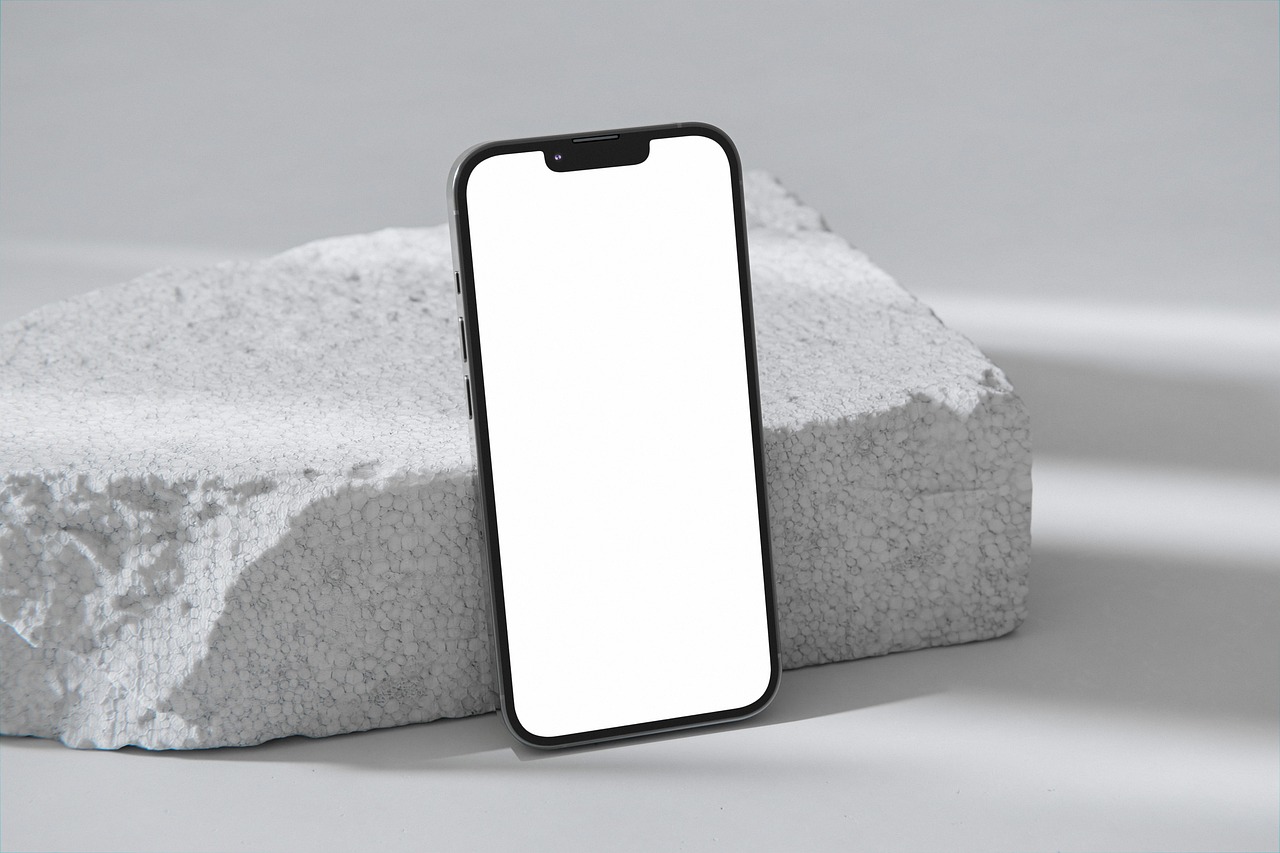Let’s be honest: most business presentations are soul-draining. You know the kind. Slide after slide of bullet points and stock images, delivered in monotone, met with glazed eyes. It’s not that the content doesn’t matter; it’s that the delivery gets lost in a sea of sameness. And for creative agencies, especially in the UK, that’s a problem and an opportunity rolled into one.
So here’s the question worth asking: What if your presentation wasn’t just a pitch or internal update. But a living extension of your brand?
Because truthfully, a polished, compelling deck can do more than impress a client in the moment. It can position you as a brand worth remembering.
Why Most Presentations Miss the Mark
Let’s start with the obvious. Most presentations fail because they’re designed with the mindset of “This is just a formality.” They’re slapped together the night before with little thought beyond basic structure.
In 2023, I sat in on a pitch meeting for a London-based creative agency (yes, coffee-fuelled and bordering on midnight oil territory), where the visuals were so off-brand it looked like someone borrowed a PowerPoint template from 2008. The worst part? The agency’s website and public campaigns were stunning. Sleek, innovative, unmistakably them. But the presentation? An afterthought.
Here’s the disconnect: people don’t just see your deck. They experience it. If it clashes with your voice, tone, look, and feel, it chips away at trust. Not dramatically and not all at once, but slowly. Slide by slide.
Design Principles That Anchor Decks to Brand Identity
Every slide should whisper (or shout, if that’s your vibe): this is who we are.
That means:
- Using the brand colour palette consistently, not just picking what “looks nice”
- Typography with purpose. Don’t deviate from your brand typefaces just to “fill space”
- Visual hierarchy that mirrors your brand’s communication style. Do you favour minimalism or bold, graphic storytelling?
- Imagery or illustrations that aren’t just pretty, but ownable and consistent with your tone
- Tone of voice that aligns with your copy elsewhere, whether that’s warm and witty or sleek and serious
When we redesigned our own agency’s internal decks last year, we stopped thinking of slides as tools and reframed them as small brand stories. Every single one needed to hold water as a standalone brand moment. That was a game-changer. Clients noticed the shift almost instantly. One even said:
“Your pitch deck told me who you were before you even spoke.”
That’s what we’re looking for.
Tell a Story (Don’t Just Dump Info)
Good presentation design borrows more from Netflix than Microsoft Excel.
Storytelling creates emotional engagement. That’s what makes the difference between a forgettable slide and a sticky message. Here’s how to inject storytelling into your decks:
- Use narrative arcs: Set up the problem, build tension, resolve with your solution.
- Add motion and pacing: Use animation purposefully, not for party tricks, but to guide attention and create rhythm.
- Build suspense across slides: Tease a concept, then deliver the punchline.
- Use real stories or case studies: Numbers can be cold. Bring them to life through actual client stories.
I still remember a deck we built for a fintech agency client. We ran the presentation like a courtroom drama. They were “defending” their new SaaS product in front of skeptics. Each slide layered in evidence, testimonials, and objections. By the end, the client’s stakeholders were nodding along before we got to the summary. That’s the power of narrative.
Tools That Actually Work (And Don’t Waste Time)
Let’s skip the flashy gimmicks and talk tools you can trust.
UK agencies I’ve worked with this past year are moving away from classic PowerPoint and toward more dynamic platforms:
- Pitch – Built for collaboration and team alignment. Sleek and modern, suitable for creating brand-aligned decks quickly.
- Figma – The designer’s dream. Custom decks, component libraries, and live collaboration all in one.
- Keynote – Gets a bad rap, but for Apple-centric studios, its motion tools are slick and intuitive.
- Beautiful.ai – For teams without in-house design teams, the smart templates can still keep things looking premium.
That said, no tool can fix a broken message. But once your narrative and brand assets are solid, these platforms make it easier to elevate execution.
Breathing New Life into Old Decks
Here’s a little secret I wish more agencies used: Your deck doesn’t have to die after the pitch.
We’ve repurposed pitch deck content into:
- LinkedIn carousel posts (those engaging, scroll-worthy story slides)
- Sales enablement PDFs for prospects who can’t attend pitches
- Investor leave-behinds with richer storytelling details
- Short-form social content, especially from client quotes or stats
One of our clients. A mid-size branding agency in Manchester. Turned a single pitch deck into 14 separate LinkedIn posts over a month. Each post drove traffic back to their site and gave them topical fuel to start conversations. All from a deck they’d otherwise have archived.
It’s not just about doing more with less, either. It’s about recognising your decks as brand assets with potential that reach far beyond the boardroom.
The Crux of It
If you’re treating your presentations like functional documents, you’re missing the point. And the opportunity. A well-designed deck is a stage, a shop window, a storytelling device, and a brand ambassador all wrapped in one.
Creating something memorable doesn’t require fireworks. Just clarity, consistency, and creativity. In equal measure.
So next time you’re piecing together a deck over your morning coffee or late-night session, think beyond the slide count. Ask: What are we really saying here, and how does it feel? Because people might forget the numbers. But they won’t forget how you made them feel.
Ready to turn your next boring presentation into a bold brand experience? Dive into your next deck with fresh eyes and don’t build slides. Build stories.
Frequently Asked Questions
What’s the biggest mistake agencies make with presentations?
Treating them like admin tasks. When pitches or internal decks become rushed or generic, they fail to reflect the agency’s true creative capabilities. If you’re not excited to present it, your audience won’t be excited to watch it.
Do I need a designer for every pitch deck?
Not always. Tools like Pitch and Beautiful.ai can help non-designers align with brand standards, but for bigger clients or high-stakes presentations, having a designer can transform a good deck into a showstopper.
How do you keep presentations from becoming too long?
Editing is everything. Stick to one idea per slide. Build narrative flow. Then walk away, come back fresh, and cut anything that doesn’t serve the story. If it feels bloated, your audience will feel it too.
Can I reuse the same design for different clients?
You can reuse formats and structures, but always tailor the narrative and visuals to the specific audience. Repetition is efficient, but personalisation is what wins trust.
What’s the best way to start designing a deck?
Start with the message. What are you really trying to say? Once the story is mapped out, build slides that support and elevate that story. Don’t just decorate it. Context before content. Always.






